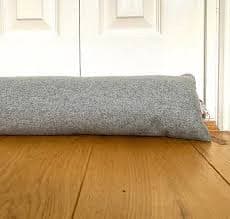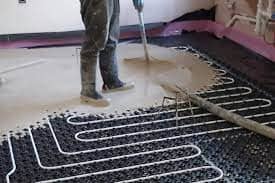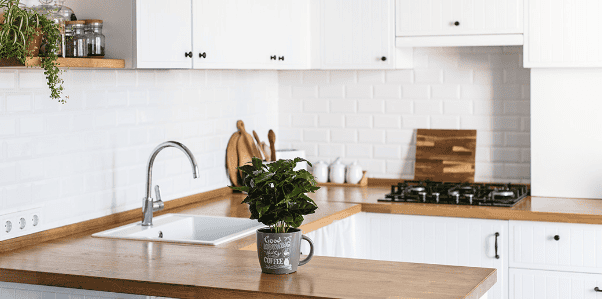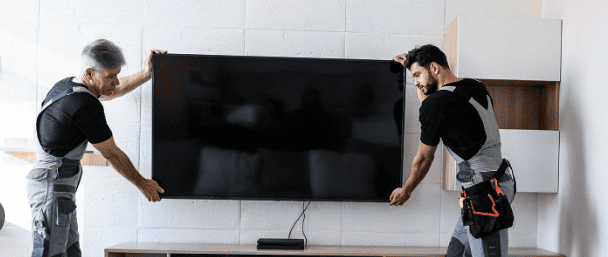- Heat your home not your walls
Cover a thin piece of card in tinfoil, and place it behind the radiators. (If you want to be extra creative you can even make it into a T shape so that it fits on your brackets). This will reflect heat back into the room, allowing it to warm up quicker and retain more warmth. You can buy foil insulation if DIY is not your thing.
- Pipe-lagging is a great way to get your pipes fixed
Pipe lagging (insulating your hot water pipes with tubes of foam) prevents pipes from freezing. This also increases the efficiency of your heating system and hot water. Pipe lagging can be purchased at any DIY store. It is easy to install and does not require tools.
Spending a few pounds on window draught-excluders and insulating tape can save you money on heating bills. It’s easy to install, but make sure you get it snug to enjoy the full benefits.
- Bleed radiators
Check that your radiators heat to the top. You may need to learn to bleed a radiator if they’re not. This may sound a little medieval, but it’s simply releasing trapped air that is blocking the hot water rising. Open the valve on top with a radiator bleeder (about £1 at any DIY store). As soon as the air starts to hiss, you should close it again. Bingo. Energy-efficient radiators.
- Underfloor
Why not consider the benefits of installing Underfloor Heating Gloucestershire from a site like parsonsflooring.com/services/electric-under-floor-heating-gloucestershire
- Service your boiler
Like people, boilers need to be maintained. Your boiler will last longer, work more efficiently and cost less if you give it an annual service. Remember to use a Gas Safe registered engineer.
- Close the curtains
It’s no surprise that a lot of heat escapes through your windows. Close your curtains before the sun sets or when you leave the house to keep heat inside. Get yourself a pair of thermal curtains.
- Heat your house with the oven
We all shut the oven door once the dinner is out. Why waste all that heat? Let the heat slowly transfer into your kitchen by leaving the oven door open. This will help to keep your home warm as you eat. Keep children and pets far away from the oven door.





